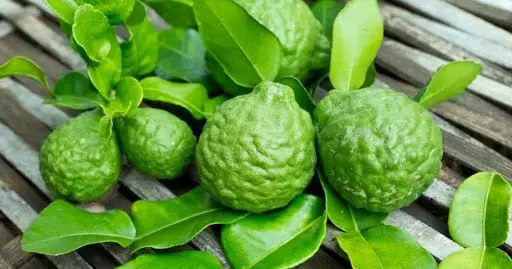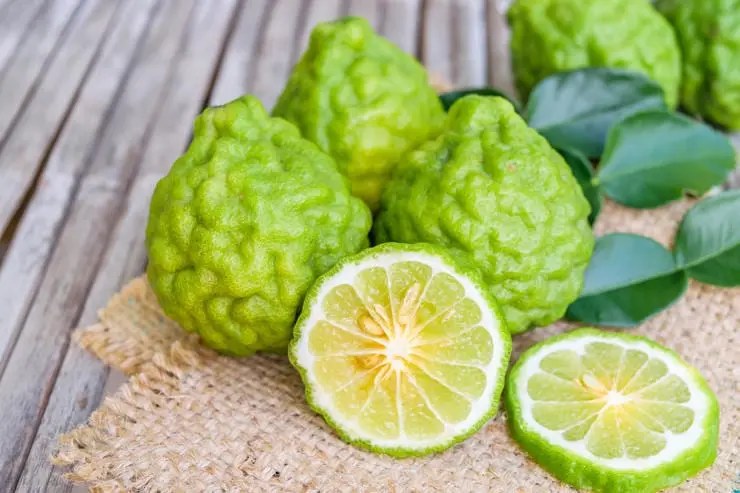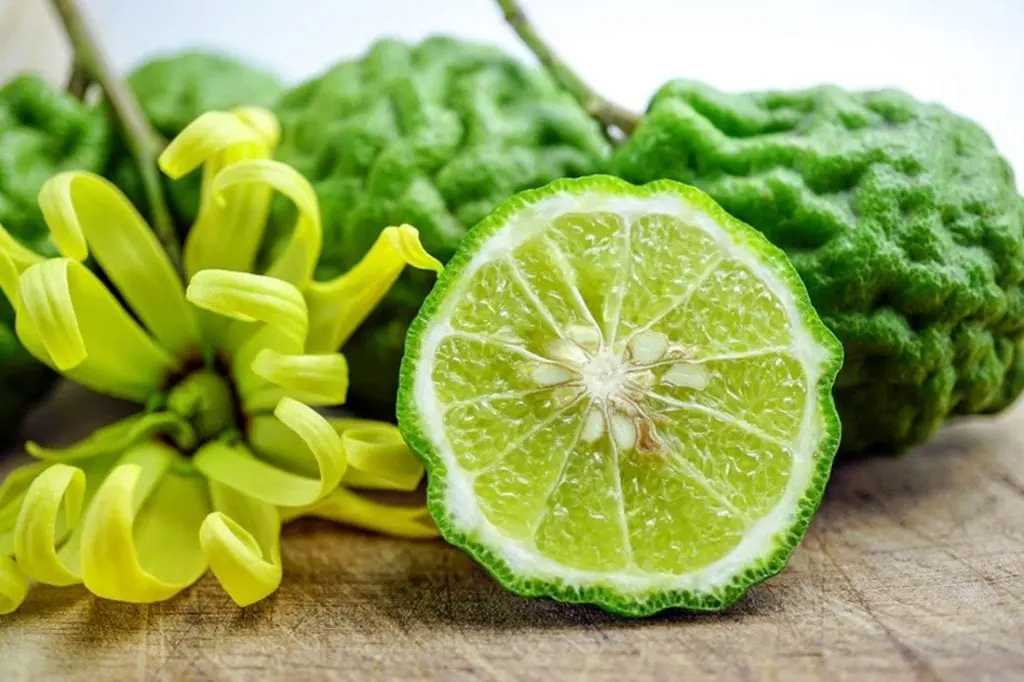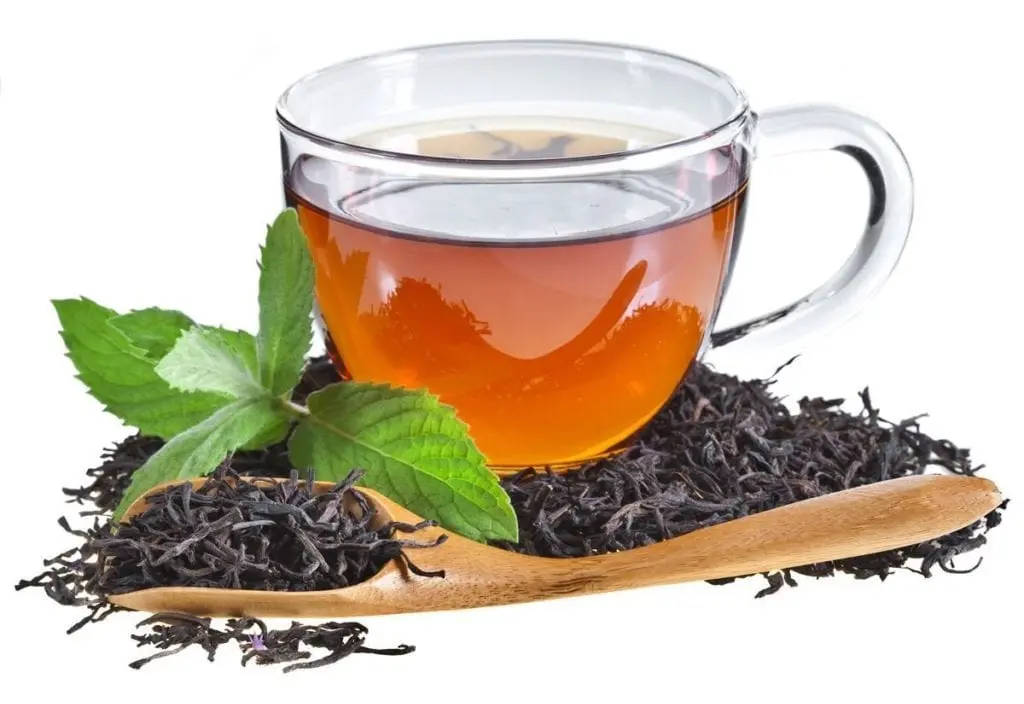Contents
Description
The word “bergamot” is familiar to many black tea lovers. This plant is used as a flavoring agent for the Earl Gray variety. But few people know that bergamot is a type of citrus fruit. It is a hybrid obtained by crossing an orange and a citron. Bergamot is also called the tree on which the fruits grow, and the fruit itself is green, similar to a lemon with a thick rough skin.
The fruit is very aromatic, as befits a citrus, bergamot essential oils are just used to flavor the famous tea.
Where grows bergamot
The homeland of bergamot is Southeast Asia, but it got its real fame and even its name thanks to Italy. This tree began to be massively grown in the city of Bergamo and even established oil production there.

In addition to Italy, where bergamot is grown on the coast and even became a symbol of the province of Calabria, this plant is cultivated in China, India, in countries adjacent to the Mediterranean and Black Seas. Bergamot is also grown in Latin America and in the USA, in the state of Georgia.
What does it look like?
Bergamot is a tree up to 10 meters high, which remains green all seasons of the year. The branches are covered with long and thin spines up to 10 centimeters in size. The leaves have a characteristic citrus aroma, and are shaped like a bay leaf – wider in the middle, and pointed closer to the edges. Bergamot flowers are large and grow in small groups. In the process of flowering, few of them appear on the tree, but they all have a bright aroma and are tinted in a beautiful shade – white or purple.
The fruits grow small and contain a large amount of essential oils. They are green with a yellowish sheen. They have pimples on the peel, which are the main distinguishing feature. Inside, the fruits are structured, with pulp and large seeds. They peel easily.
Composition and calorie content of bergamot
Caloric content 36 kcal
Proteins 0.9 g
Fat 0.2 g
Carbohydrates 8.1 g
Dietary fiber 2.4 g
Water 87 g

Bergamot is rich in vitamins and minerals such as: beta-carotene – 1420%, vitamin C – 50%
Beneficial features
Bergamot is in demand in folk medicine. Its oil is used to treat skin conditions such as eczema, acne, psoriasis, and is used to lighten age spots.
Bergamot is recommended for strengthening the immune system, as it has an antiseptic effect. Bergamot-based solutions improve digestion and have a calming effect on the digestive tract.
Bergamot helps to stabilize the nervous system, relieves stress. Also bergamot oil, dissolved in massage oil, is used to fight inflammation. Finally, bergamot is considered a natural aphrodisiac.
Contraindications of bergamot
Contraindications to the use of bergamot. The plant contains furocoumarin, which promotes strong skin pigmentation. Be especially careful when handling bergamot essential oils in summer, when it is so easy to burn your skin. The oil should be applied 1-2 hours before sun exposure.
Taste and aroma properties

The fruit is unusual in taste and sour. At the same time, they do not just eat it, because it is bitter. The scent of bergamot has a complex composition of aromas. It is pronounced, sweetish, tart and fresh at the same time. In perfumery, its aroma is appreciated for its good compatibility with other scents. And in the tea craft for a pleasant aftertaste and richness.
Bergamot essential oil has a strong antiseptic effect. Its use is indicated for all people who have problems with the digestion, urinary and respiratory systems.
Types of teas with bergamot and their properties
Bergamot is most commonly used in tea. The classic variations of this drink are Earl Gray or Lady Gray. In the production of tea drinks, bergamot oil is usually used in pure versions without any additional components: flowers, caramel, pieces of fruit and others. This exotic fruit has a distinct flavor and aroma that is best sipped with just black or green tea leaves. But many manufacturers, wishing to surprise the discerning consumer, increasingly offer tea with bergamot and additional additives.
Earl Gray
This is a classic black tea with bergamot oil. It has a rich taste and aroma, and has a pleasant aftertaste. England is considered the birthplace of the drink, but now it is known all over the world. It is drunk both on important holidays and in everyday life. If you are a fan of classic varieties of teas, you will like it.
Lady Gray
It is a green medium leaf tea, less often black tea, with bergamot oil. This combination contains more caffeine than natural coffee. Doctors do not recommend overusing the drink, but one cup a day can help you relax and distract yourself with health benefits. The drink has a distinct taste with light bitterness and astringency. Gradually, it unfolds, giving a pleasant refreshing aftertaste.
Brewing bergamot tea

- For a serving of tea drink you will need:
- medium leaf tea – 1 tsp;
- boiling water – 200 ml;
- sugar to taste.
Before cooking, pour over the teapot with boiling water, then add tea and fill it with hot water. Cover and let it brew for 3-10 minutes. Pour the finished drink into a cup, add sugar to taste and enjoy. The amazing smell of bergamot will bring back pleasant memories, and the rich taste will allow you to get real pleasure from tea drinking.
Bergamot for tea is a truly useful supplement that allows you to drink drinks not only with pleasure, but also with benefit for your body. Regular use of Ahmad with bergamot will have a positive effect on all aspects of your life: mood, morale and well-being. However, you can also choose other types of teas from the range of our online store. Greenfield with bergamot or TESS with bergamot have proven themselves well among tea lovers. More details: https://spacecoffee.com.ua/a415955-strannye-porazitelnye-fakty.html









